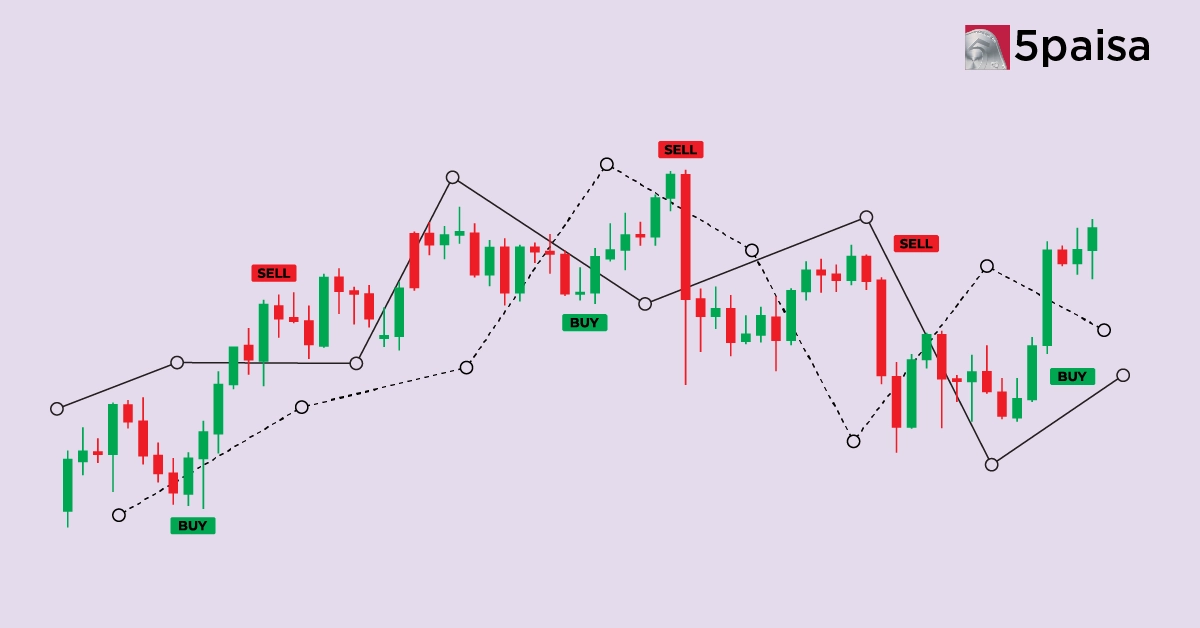Which Indicators Actually Help in Options Trading? A Practical Guide
Best Option Selling Strategies

Last Updated: 1st December 2025 - 10:48 am
Nowadays, more Indian traders are turning towards option selling strategies to generate steady income and manage risk. Unlike option buying, where profits rely on sharp market moves, safe option selling strategies work on probabilities and time decay, giving traders a higher chance of success.
Still, beginners often struggle with the same question: Which are the best option selling strategies in India? The answer depends on market conditions, risk appetite, and the stocks or indices you choose.
Before we explore the strategies, here’s a quick list of popular Indian companies and indices that traders commonly use for option selling.
Commonly Traded Stocks & Indices for Option Selling
| Strategy Name | Description / Use Case |
| Covered Call Selling | Sell a call against shares you hold; good for investors holding stocks. |
| Cash-Secured Put Selling | Sell puts while keeping cash ready to buy quality stocks at lower prices. |
| Credit Spreads (Bear Call / Bull Put) | Limited-risk strategy by hedging sold option with another option. |
| Iron Condor | Profits in range-bound markets with controlled risk. |
| Strangle Selling | Sell both a call and put; works in low-volatility markets but riskier. |
| Calendar Spreads | Use different expiries to take advantage of time decay differences. |
| Straddle Selling | Sell both call & put at same strike; benefits from falling volatility. |
Why Option Selling Works Better Than Buying?
For beginners, buying options often feels like a lottery, most expire worthless. But option writing strategies for consistent income flip the odds. Here’s why selling works,
- Time Decay (Theta): Every day that passes erodes option value, which benefits sellers.
- Higher Win Probability: Most out of the money options don’t get exercised.
- Customisation: You can customise trades for bullish, bearish, or sideways markets.
In short, while option buying is exciting, high probability option selling strategies create more reliable income streams.
Best Option Selling Strategies in India
1. Covered Call Selling Strategy
Ideal for stock investors. You sell a call option against shares you already own, earning premium income while reducing downside risk.
2. Cash Secured Put Selling
Perfect for investors looking to buy quality stocks at lower prices. You sell puts and keep cash ready in case of assignment.
3. Credit Spreads (Bear Call or Bull Put Spread)
A safe option selling strategy that limits risk by pairing a sold option with a hedge. Requires less margin than naked selling.
4. Iron Condor
A favourite among experienced traders in options trading strategies for beginners transitioning to advanced setups. Profits from range bound markets with controlled risk.
5. Strangle Selling
Sell both a call and put simultaneously to earn a premium. Riskier, but useful in low volatility markets with strong risk management.
Risk Management in Options Trading
Every profitable trader knows one thing: income without risk control doesn’t last. Use these principles,
- Hedging strategies in options trading (like spreads or protective options).
- Avoid illiquid contracts, stick to liquid stocks and indices.
- Limit exposure per trade (2-3% of trading capital).
- Always define a stop loss based on premium movement or underlying price.
Safe Option Selling Strategies for Beginners
If you’re just starting out, focus on,
- Covered Calls – Earn option premium income while holding large cap stocks.
- Cash Secured Puts – Get paid while waiting to buy quality companies.
These are high probability option selling strategies with limited downside, making them ideal entry points for new traders.
Advanced Options Trading Techniques
Once confident, explore,
- Iron Condors → Profitable in sideways markets.
- Calendar Spreads → Take advantage of different expiries.
- Strangle/Straddle Selling → Earn from falling volatility.
These are best suited for traders with strong risk management skills and capital discipline.
Is Option Selling Profitable?
Yes, option writing strategies for consistent income can deliver monthly returns, but only when approached like a business. Think of option premiums as steady revenue, while hedging and discipline are the costs of staying in the game.
Many retail traders in India most of the time use covered call selling strategies and best intraday option selling strategies for consistent, low risk gains.
Final Thoughts
The best option selling strategies in India nowadays combine safety, probability, and discipline. For beginners, start with covered calls and cash secured puts. For experienced traders, explore iron condors, spreads, and strangles to enhance returns.
So, to answer the common question: “Which is the safest option selling strategy?”, the covered call remains the go to choice, while spreads are excellent for controlled risk.
Frequently Asked Questions
Is selling options better than buying?
Which option selling strategy is best for intraday?
How can I trade in options using the 5paisa app?
How profitable is option selling?
- Flat Brokerage
- P&L Table
- Option Greeks
- Payoff Charts
Trending on 5paisa
Futures and Options Related Articles
Disclaimer: Investment in securities market are subject to market risks, read all the related documents carefully before investing. For detailed disclaimer please Click here.

 5paisa Capital Ltd
5paisa Capital Ltd
 5paisa Capital Ltd
5paisa Capital Ltd



